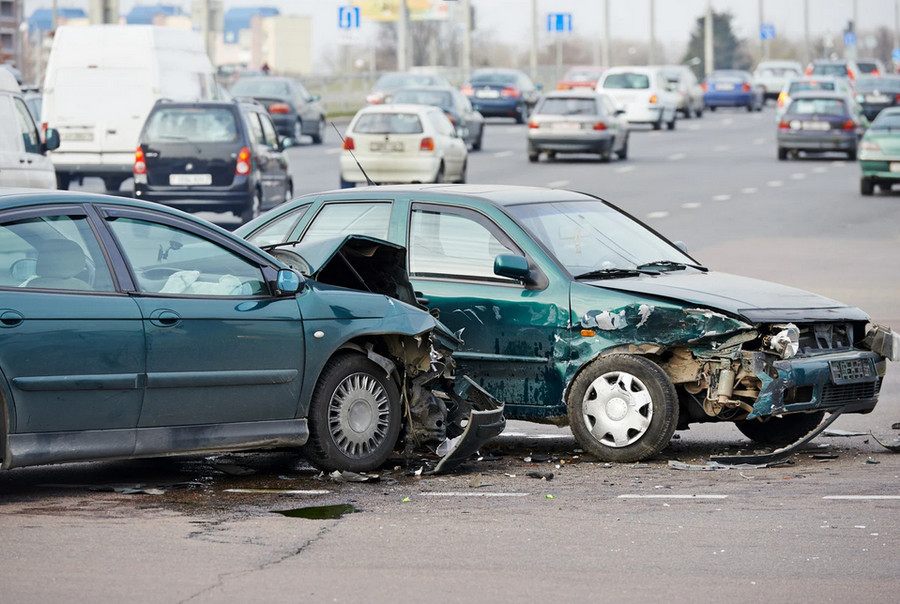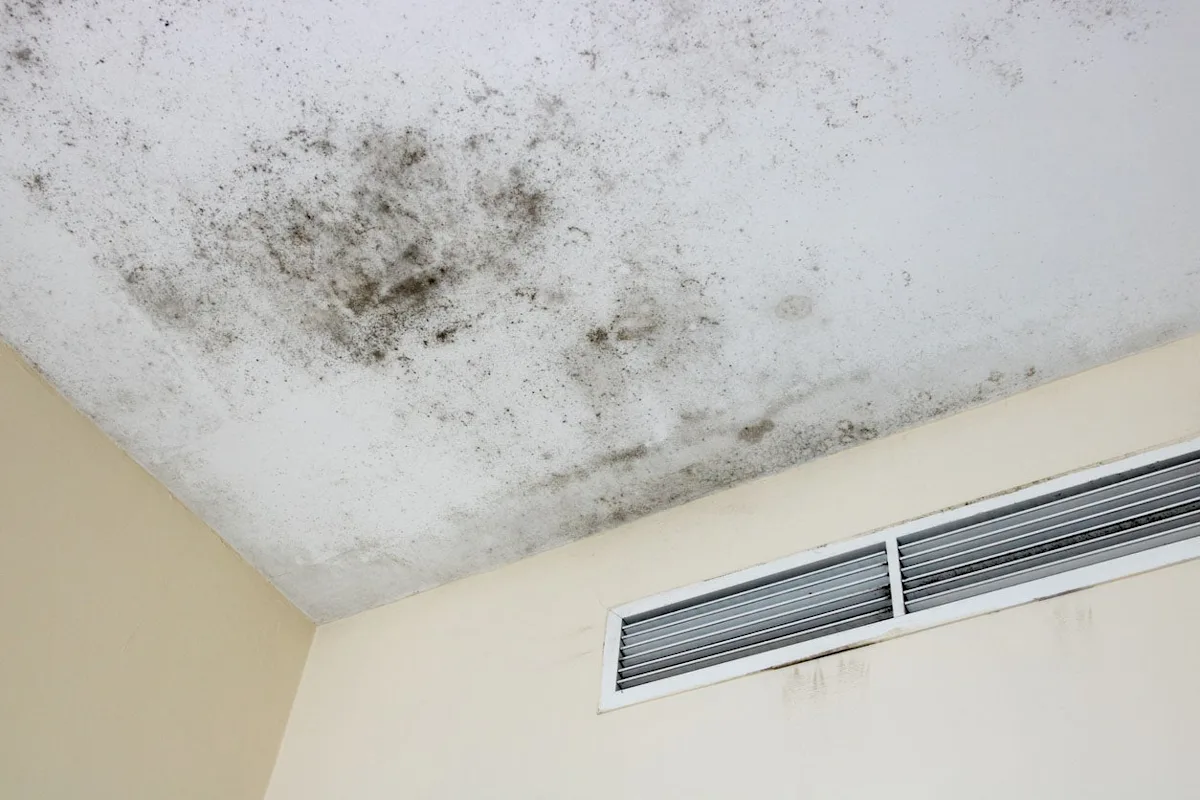Hi there, I’m glad you came in today. If you’ve got someone in your home who’s considered a high-risk driver, you’re probably wondering what that means for your auto insurance. Whether it’s your teenager, spouse, or even a roommate, we know how complicated and stressful this can feel.
Let’s talk through it together—real simple—so you can understand your options and protect everyone under your roof. At Illinois Insurance Center, we deal with high-risk driver situations all the time, and there’s a lot we can do to help make this easier for you.
What Makes Someone a High-Risk Driver?
Let’s clear this up first. A high-risk driver is someone insurance companies think is more likely to get into an accident or file a claim. That could be because of:
- Multiple traffic tickets
- A DUI or reckless driving charge
- Driving without insurance
- An at-fault accident
- Being a new or young driver
If someone in your household has one or more of these on their record, they probably fall into this category. The good news is—you’ve got options. And we can help you figure out the best one.
Tip #1: Consider SR-22 Insurance for a High-Risk Driver
Let’s say your driver got into trouble—maybe a DUI or drove uninsured. The state might now require SR-22 insurance. This isn’t a special kind of car insurance, but rather a form your insurance company files to prove your driver carries the required liability coverage.
👉 We help clients with SR-22 all the time. Not every company offers it, so we work with carriers who do.
It can cost more, but sometimes it’s the only way your driver can legally get back behind the wheel. If you live in Chicago, Joliet, or Rockford, we’ve got great options for SR-22 coverage. Learn more by visiting our Auto Insurance page.
Tip #2: Shop Around and Recheck Every Year
If you’re going to keep the high-risk driver on your policy, it’s time to shop around again. A new driver, especially one with a record, will likely raise your premiums. But not every company calculates risk the same way.
Here’s what you’ll need:
- Info about all drivers in your household
- Details on your vehicles
- Past insurance documents (if available)
Start with Illinois’ legal minimums, but we often recommend higher coverage. The state requires:
- $25,000 for bodily injury per person
- $50,000 for total injuries
- $20,000 for property damage
But think about your home, your income—would those minimums cover you if something serious happened? Probably not. That’s why many families choose to bump those limits up. We’ll talk it through with you, one step at a time.
Tip #3: Exclude the High-Risk Driver from Your Policy
Here’s another option: you don’t have to insure that driver under your policy. If your child or roommate has a bad record, we can officially exclude them. That means your insurance won’t cover them at all, and they’ll need to carry their own separate policy.
💡 By excluding them, your rates might drop—sometimes a lot.
This isn’t something we do lightly. Exclusion means if they drive your car and crash, your insurance won’t help. So if you go this route, be clear: they can’t drive your car under any circumstance.
In places like Aurora or Naperville, where larger households are common, this can be a smart financial move. Just make sure it’s in writing.
Tip #4: Set Clear Rules About Car Use
If the high-risk driver still lives in your home but isn’t on your insurance, lay down ground rules. This helps protect you from unwanted surprises.
Here’s what to do:
- Don’t leave your keys out in shared spaces.
- Get a signed note if you ever give them temporary permission to drive.
- Always ask for proof of insurance before they borrow your car.
You don’t want to end up stuck with liability for an accident you had no part in. We’ve seen this happen more than once—especially with young drivers.
Tip #5: Recheck Rates Regularly—Nothing Stays the Same
Just because someone’s a high-risk driver now doesn’t mean they always will be. Most violations fall off after three to five years. Even SR-22 isn’t forever—usually three years if they maintain clean driving habits.
We suggest shopping rates every year. At Illinois Insurance Center, we compare your policy with over 20 companies. That includes checking if any violations dropped off or if you qualify for a better rate.
And don’t worry—we do the legwork for you.
Need help keeping up with changes in law or coverage? That’s why we’re here. If your driver has improved, we’ll know it’s time to adjust.
Other Policies to Think About with a High-Risk Driver
Now’s also a good time to review your other insurance. High-risk drivers can affect more than just car coverage. You might want to look into:
- Homeowners Insurance – Especially if your vehicles are stored at home or if a teen driver lives with you.
- Life Insurance – Great for families who want extra protection if something unexpected happens.
- Contractor Insurance – Helpful if your high-risk driver works construction or uses a company vehicle.
- Business Insurance – For business owners with employee drivers, this is a must.
Areas We Serve
We help people across Illinois handle insurance for high-risk drivers every day. Whether you live in the city or the suburbs, we’ve got you covered:
- Find more info for Insurance in Aurora, IL
- Learn more about Insurance in Naperville, IL
- Need help in Insurance in Chicago, IL? We’re local.
- Find coverage options in Insurance in Joliet, IL
- Ask us about coverage in Insurance in Rockford, IL
FAQs: High-Risk Driver Insurance
1. What’s considered a high-risk driver?
Anyone with multiple violations, a DUI, or a history of claims may be labeled high-risk by insurance companies.
2. Can I remove a high-risk driver from my policy?
Yes, you can exclude them, but this must be officially declared in writing.
3. Will my rates go up if I have a high-risk driver at home?
Most likely, yes. But shopping around and working with us can help lower the cost.
4. How long does someone stay high-risk?
That depends on their record. Many infractions fall off after 3–5 years.
5. What is SR-22 insurance?
It’s a form filed by your insurance company that proves a driver has state-required coverage.
6. Can a high-risk driver get their own insurance policy?
Absolutely. In fact, it’s often the smartest choice to keep your household rates lower.
7. What if my teenager just got their license?
Young drivers are often high-risk due to inexperience. We can help you find an affordable option.
8. Do I need extra coverage if I have a high-risk driver?
Yes. Higher limits, comprehensive, and uninsured motorist coverage are all smart moves.
9. Can I use one car for multiple drivers, including a high-risk one?
Yes, but it’s safer to have separate policies or use exclusions when needed.
10. What if I own a business with commercial vehicles?
Talk to us about Commercial Auto Insurance. We’ll make sure your coverage fits your needs.
Final Thoughts: You’re Not Alone Dealing with a High-Risk Driver
Let’s face it—having a high-risk driver under your roof adds stress. But you don’t have to tackle it by yourself. At Illinois Insurance Center, we’ve helped thousands of families across Chicago and beyond find smart, budget-friendly insurance plans that actually work.
We’ll help you weigh your options, avoid costly mistakes, and keep everyone protected. Whether you need SR-22, want to shop new rates, or just need advice, we’re ready to talk.
Give us a call at 708-524-4900 or reach out through our Contact Page to get started. Let’s sit down and find the plan that works for you.





